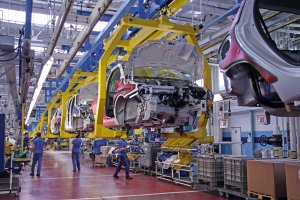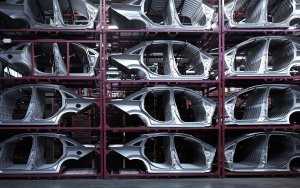How electric and self-driving cars could change the industry
The automotive industry is undergoing a radical transformation. New social, technological, environmental and geopolitical challenges are redefining the characteristics of a saturated market, opening new scenarios while offering opportunities for the entry of new players. These challenges are bound to trigger reorganization of the global value chain between old and new suppliers and car makers and their suppliers, affecting the distribution of employment, the regionalization of production and the dynamic evolution of the comparative ad- vantage of nations.
In this paper we address the issue of the reorganization of global value chains in the face of these challenges. The analysis will compare the relative position of core and peripheries in the North-American and European macro-regions, focusing on Mexico, which represents a significant case study for analysis of the impact of the digital transformation on the domestic value chain in an “integrated periphery”, and of trade agreements on the location policies of big multinationals. The dependency of the Mexican automotive industry on the strategic decisions of global players is considered a factor of great vulnerability, especially in a context of rapid change in the patterns of consumption, technologies and international trade agreements.
For Mexico, as for European producers in the integrated and semi-peripheries, the main challenge in the near future will be posed by the radical transformation the industry is going through in electrical and autonomous-driving vehicles, which sees regions and players out- side the traditional automotive clusters in the lead. The transformations taking place are bound to change the global structure of automotive production. The rise of new competitors from the emerging economies and would-be entrants from other sectors, competing in mastering the new digital and software technologies, threatens the established structure of the industry.
The pandemic has led to a spectacular acceleration in the process of change, while heighten- ing uncertainty about future developments. This is why the governments of leading countries are joining in the race, wielding carrots and sticks in support of their industries and in the endeavor to encourage risk-taking and investment in research and innovation, step up e-vehicle production while providing for the necessary infrastructures, and guarantee their companies a place in the new industry.




